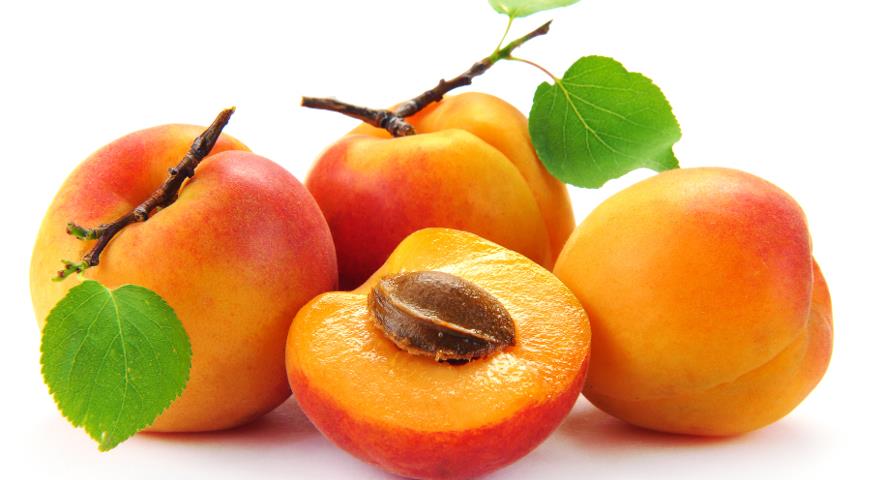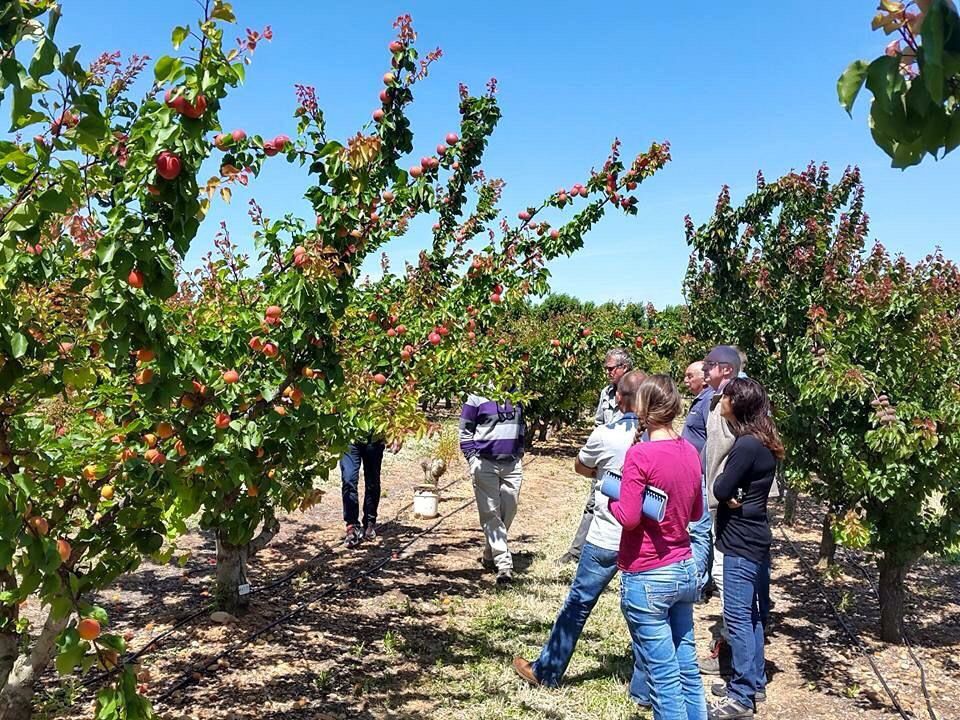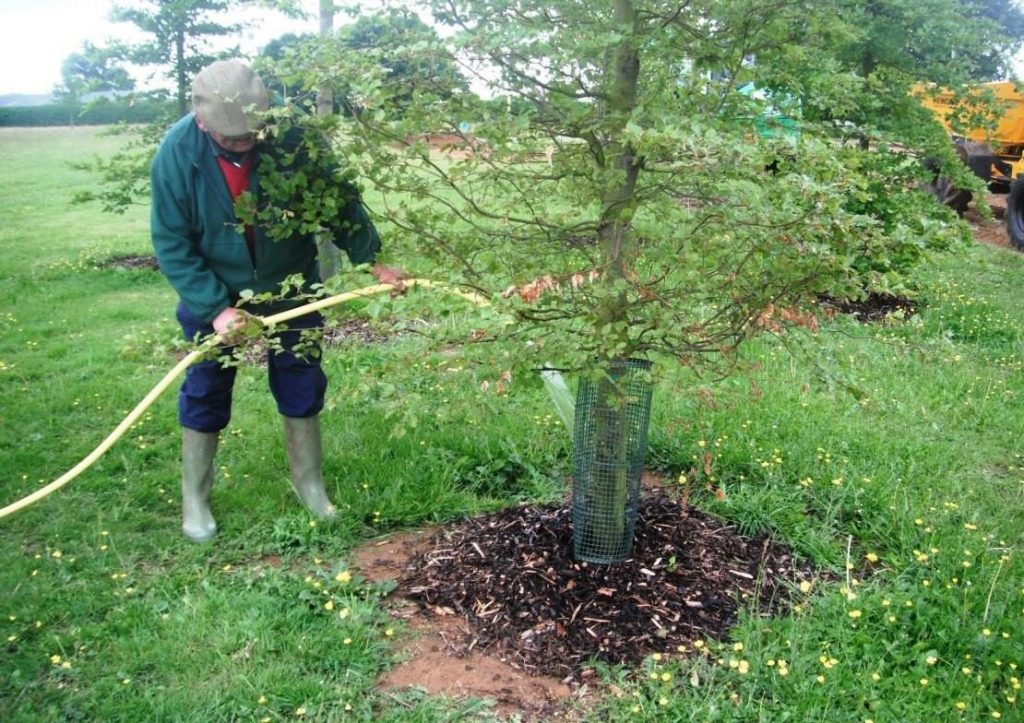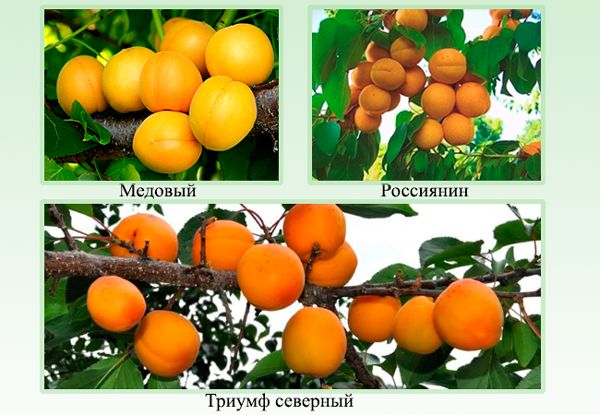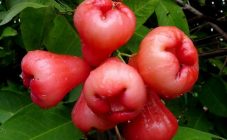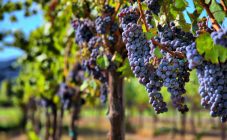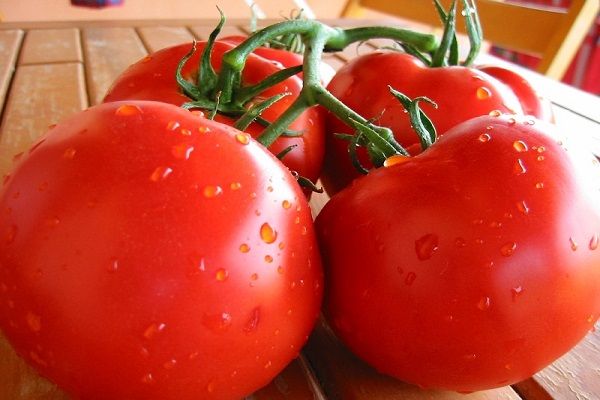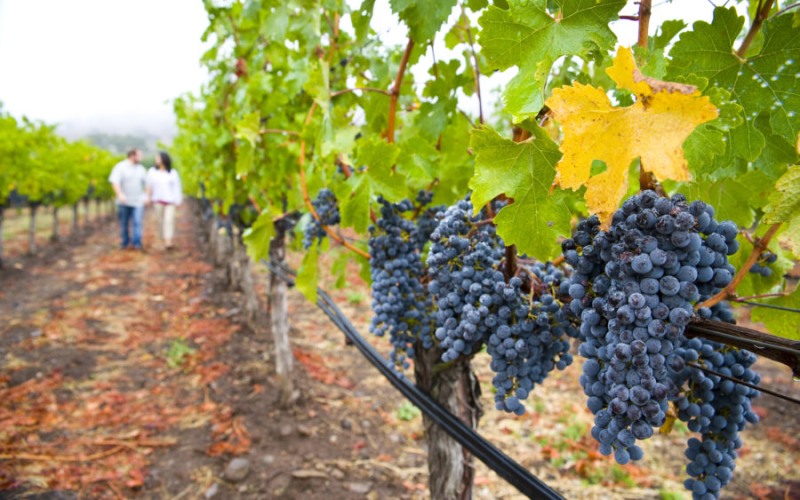Content:
Apricot is a fruit that has an excellent taste, has a low calorie content, as well as the presence of trace elements in its composition, the use of which is a huge benefit for the human body. Not all gardeners know which family the apricot belongs to. This is a member of the Rosaceae family.
However, the wrong variety will yield bitter and sour fruits. In addition, different varieties of apricot are designed for different uses. For example, you can make good jam or delicious compote from hard apricots, and can also preserve fruit fruits, while sweet and ripe apricots will not be suitable for this purpose.
10 best varietal names
The top ten varieties of apricot include:
- Akademik is a mid-early apricot variety, resistant to cold snaps. The color of the bark is gray, the surface is bumpy. The color of the primary and secondary branches is pale gray. The size of the leaf is large, the surface is even, there is a sharpness in the apical part. Flowering time is mid-May. The size of the apricot is large, the color is yellow, the weight is 30 grams. The pulp is yellow, sweet and sour. The variety is not prone to fruit shedding and cracking.
- Kichiginsky is a mid-season winter-hardy variety. The crown shape is flat, the thickening is medium. Leaf size - medium, shape - round, color - dark green. The shape of the apricot is round, the color is yellow, the weight is 14 grams. The shade of the pulp is yellow, the consistency is juicy and sweet and sour taste.
- Lel is a winter-hardy variety suitable for growing in the Moscow region. The structure of the wood is dense, the color is light brown. The color of the leaf is dark green, the shape is short-pointed, there is a jagged border. The flowers are white with a pink tint, diameter - 3 centimeters, the number of petals - 5. This bald orange apricot has a round shape, weight - 18 grams. The pulp is orange in color, sweet and sour in taste. Honey variety.
- Advertising is a late variety that is resistant to dry conditions. The crown part is reverse pyramidal, the thickening is medium. The color of the shoots is reddish brown. Leaf size - large, shape - round, color - dark green, surface - smooth, slightly glossy. Flower size - medium, color - white and pink. Each apricot fruit weighs 43 grams and has a squashed round oval shape and a light yellow hue. The thickness of the peel is medium, slightly pubescent. The color of the pulp is light yellow, the consistency is juicy, the structure is slightly fibrous, the taste is sweet and sour. The color of the juice is transparent. Recommended for growing in relief areas. Resistant to monilial burn disease.
- Saratov Ruby is a mid-early variety. The shape of the crown is spherical, the thickening is medium. The color of the bark is brown. Shoots are medium in length, brownish brown. Each smooth leaf is broadly round, dark green in color. Flower size is medium, color is white. Each apricot weighs 41 grams, has a light orange hue and velvety peel pubescence. The color of the pulp is orange, the taste is sweet and sour. The color of the juice is transparent.
- Favorite is a medium-late cold-hardy variety. The color of the shoot is dark red. Each leaf is large-sized, dark green, the surface is smooth, with the presence of gloss. The shape of the apricot is round, the color is yellow-red, the weight is 27 grams (it is similar to the apricot variety Lunatic).The color of the pulp is orange, the consistency is juicy, the taste is sweet and sour.
- Khabarovskiy is an early ripening, high-yielding, cold-resistant variety that is rarely susceptible to disease. The tree belongs to the type of medium-sized. Density of the crown is rare. Leaf size - medium, shape - elongated-oval. The size of the flower is large, the color is white. Each apricot weighs 27 grams, has a squeezed round-conical shape. The orange-red peel is bumpy and has strong pubescence. The pulp has a yellow-orange hue and a sweet-sour taste.
- Tsarskiy is a mid-early variety, resistant to cold snaps. This variety bears a resemblance to ordinary apricot, the description of the appearance of the fruits of which is almost the same as that of the Tsarsky apricot. The color of the shoots is dark red. The color of the leaf is dark green, the surface is smooth, with the presence of gloss. Fruit shape - round, color - yellow-orange, weight - 15 grams. The color of the pulp is orange, the consistency is juicy, the taste is sweet and sour. The variety is suitable for long-term storage.
- Triumph Severny is a disease-resistant varietal variety; in Tatarstan, the apricot variety is grown especially well. The sheet size is large. The shape of the apricot is round-oval, weight - 54 grams. The peel is pubescent. The apricot color is yellow-orange. Apricots are distinguished by their yellow-orange hue, orange pulp, juicy texture and sweet taste.
- Aquarius is a mid-late variety recommended for conservation, unsuitable for long-term storage. Each apricot is large, the consistency is fleshy, the color is yellowish-orange, the taste is sweet and sour.
Agricultural technology of cultivation
The soil under the apricot tree should be periodically loosened and cleaned of plant debris. After autumn fertilization, the soil is dug up to a 12-centimeter depth.
For the first 5 years, the tree is fertilized with the following components (calculation per 1 m2):
- humus (5 kilograms);
- ammonium nitrate (20 grams);
- superphosphate (27 grams);
- potassium chloride (15 grams).
The listed fertilizers are applied to the near-trunk area before the autumn digging of the soil.
If the tree has to grow in dry climates, the apricot needs to be watered frequently.
A preventive measure against fungal diseases is spraying with Bordeaux mixture in a 3% concentration 4 days before flowering, and after flowering - 1%.
Supplement to the list of varieties
The list of additional varieties includes the following names:
- Polessky large-fruited;
- Surprise;
- Earley Blush;
- Hargrand;
- Dagestan late;
- Samara;
- The pride of Khakassia;
- Golden nectar;
- Kuibyshev Jubilee;
- Bryansk early;
- Sardonyx;
- Tsunami;
- Peach;
- Dobele;
- Olympus (the highest-yielding apricot variety from Uzbekistan);
- Vologda;
- Michurinsky;
- Apricot variety Chemalsky lyuchak (Altai apricot);
- Goldrich;
- Anniversary;
- Original by Golubev;
- Voronezh ruddy;
- Big ed;
- Harostar;
- Chelyabinsk early yellow apricot;
- Seraphim;
- Manitoba;
- Success;
- Sayansky;
- Laureate;
- Iceberg;
- Gold bone;
- Uralets;
- Monastic;
- New Jersey;
- Ulyanikhinsky;
- Siberian Baikalova;
- Orlovchanin;
- Melitopol early;
- Tender;
- Snezhinsky;
- Varangian;
- Edelweiss variety;
- Pineapple;
- Sverdlovsk early;
- Bullfinch;
- Hardy;
- Cup.
There are a huge number of varieties of apricot trees. Now on sale there are both varieties with a pubescent peel and a smooth one (many gardeners do not know the name of a bald apricot, which is a complex hybrid that resembles nectarine). These varieties are distinguished not only by the name - each of these types of apricots differs among themselves in the taste of the fruit, suitability for a particular type of culinary processing, as well as the requirements for agricultural technology and growing conditions.In addition, such a selection innovation as apricot columnar planting and care for which has its own characteristics is now available for cultivation (examples of varieties are Star apricot and varietal apricots Prince March).
